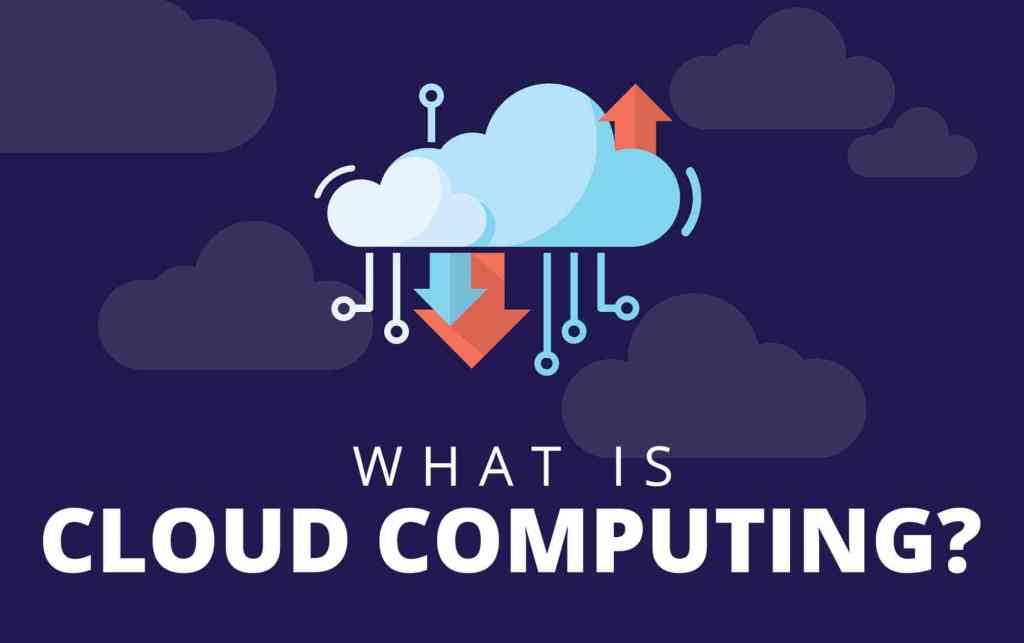Microsoft Azure Explained: What It Is and Why It Matters
In this blog, I’ll answer these questions and show you the value with four concrete ways Azure can be used by your business and the real benefits you can gain today.
What is Azure?
At its core, Azure is a public cloud computing platform—with solutions including Infrastructure as a Service (IaaS), Platform as a Service (PaaS), and Software as a Service (SaaS) that can be used for services such as analytics, virtual computing, storage, networking, and much more. It can be used to replace or supplement your on-premise servers.
Here are some quick facts about Azure.
Azure is a fast, flexible, and affordable platform, and its pricing and capabilities make it the best public cloud offering on the market. Now let’s take a look at how to put it to work for you.
1. Enhance and Implement Backup and Disaster Recovery
Azure is a backup and disaster recovery dream tool. Why? Because of its flexibility, advanced site recovery, and built-in integration.
As a cloud-based solution, Azure is innately flexible – it can back up your data in almost any language, on any OS, and from any location. Plus, you define the frequency and extent of your backup schedule (daily, weekly, monthly, etc.).
Tape backup has a time and place, but it has limited abilities as a stand-alone backup and disaster recovery solution. Azure site recovery can enhance your tape backup with offsite replication, minimal onsite maintenance, up to ninety-nine years of data retention, minimal or no capital investment, and minimal operational costs. Azure backup stores three copies of your data in three different locations in the data center, and then another three copies in a remote Azure data center, so you never have to worry about losing data.
If you’re in a Windows virtual environment, Azure’s built-in integration for additional backup will be a quick and painless solution. Azure site recovery integrates with System Center and HyperV architectures, creating a robust and seamless cohesion between Azure, System Center, and HyperV.
2. Host and Develop Web and Mobile Apps
Whether you’re looking for a platform for hosting, developing, or managing a web or mobile app, Azure makes those apps autonomous and adaptive with patch management, AutoScale, andintegration for on-premise apps.

With Automatic patch management for your virtual machines, you can spend less time managing your infrastructure and focus on improving your apps. Azure also comes with continuous deployment support, which allows you to streamline ongoing code updates.
AutoScale is a feature built into Azure Web Apps that adjusts your resources automatically based on customer web traffic so you have the resources you need when traffic is high, and save money when you’re not in peak times.
Through Azure, you can seamlessly link your web app to an on-premise app. Connecting apps in both locations lets both employees and partners securely access resources inside your firewall—resources that would otherwise be difficult to access externally.
3. Distribute and Supplement Active Directory
Azure can integrate with your Active Directory to supplement your identity and access capabilities—this gives your DNS a global reach, centralized management, and robust security.
With Azure, you can globally distribute an Active Directory environment that is direct connect enabled. No other cloud provider has the ability to extend the reach of your domain controller and consolidate AD management like Azure.
If you have multiple locations or use on-premise apps or cloud apps like Office 365, Active Directory integration with Azure will be the central tool for managing and maintaining access to all of these tools.
Azure also enables you to utilize multi-factor authentication, adding a new layer of security to your data and applications with zero hassle for your users. You can also easily implement single sign-on for Windows, Mac, Android, and iOS cloud apps.
4. Innovate with IoT Industry Solutions
The scalability, flexibility, and security of Microsoft Azure makes it the perfect resource for companies moving toward IoT solutions. You can connect your devices to the cloud using solutions that integrate with your existing infrastructure and start collecting new data about your company.
Within the Azure IoT Hub, you can monitor and manage billions of devices and gain insights to help you make better business decisions, improve customer experiences, reduce complexity, lower costs, and speed up development.

The enhanced security of Azure is a huge asset for IoT solutions, which traditionally have security gaps that hackers can take advantage of. Other benefits include remote monitoring and predictive maintenance and analytics.
Getting started is easy with Azure IoT solution accelerators, preconfigured templates that are customizable to your needs.
How will you use Azure?
These four services are just a glimpse of what Azure can do for your environment. Besides Microsoft’s defined services, it is full of cloud-computing potential that you can utilize in almost any way imaginable.
If you’re ready to try out one of these services, you can get your feet wet with a trial and $200 in Azure credits. You can also get an idea of cost by using the pricing calculator. If you have questions about other ways you could use Azure or need help implementing a service, talk to one of our sales engineers and we’ll help you plan and implement the right tools to meet your needs.
